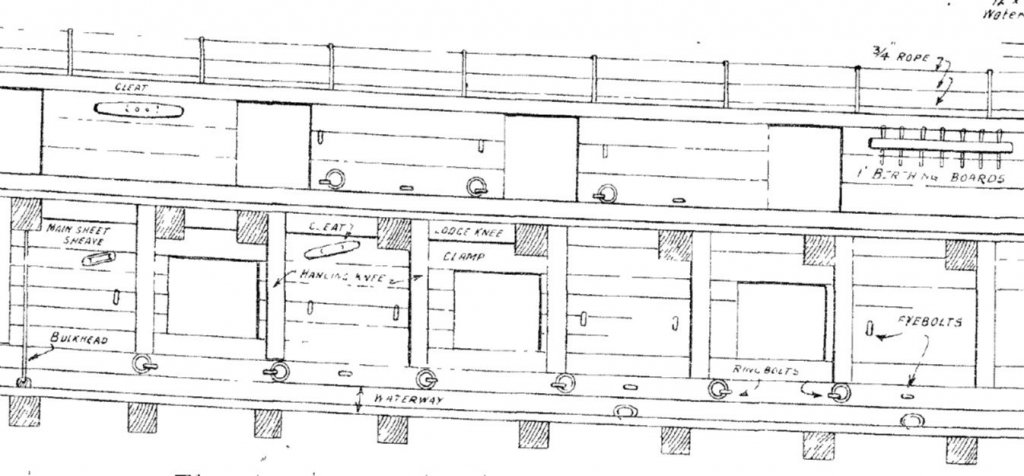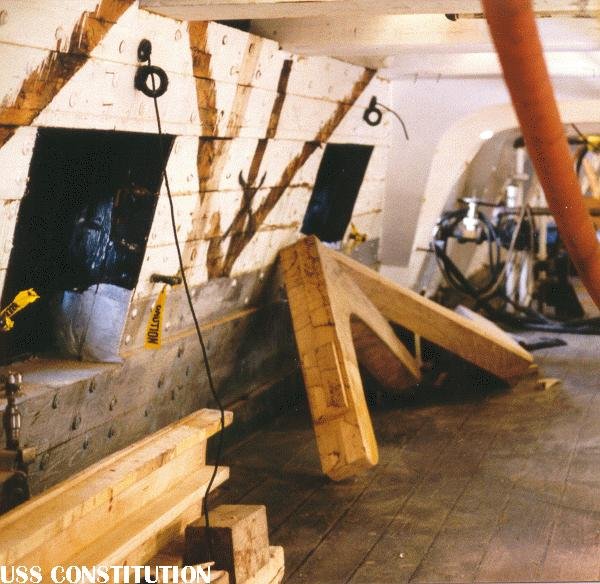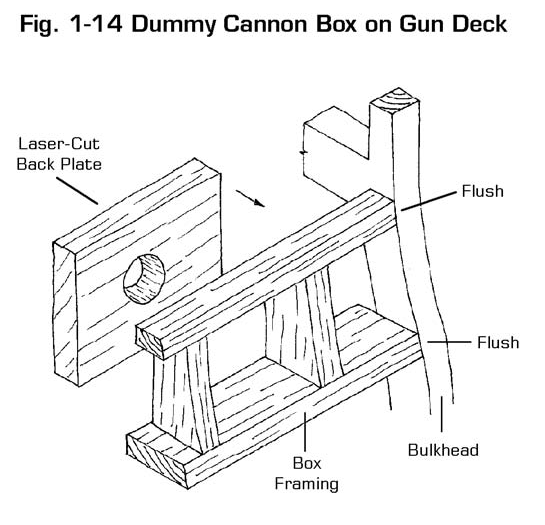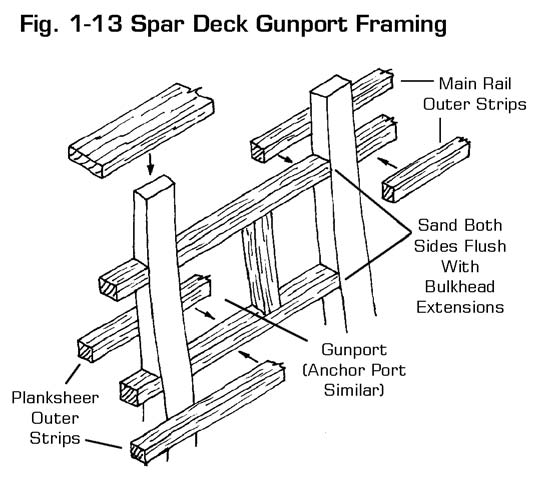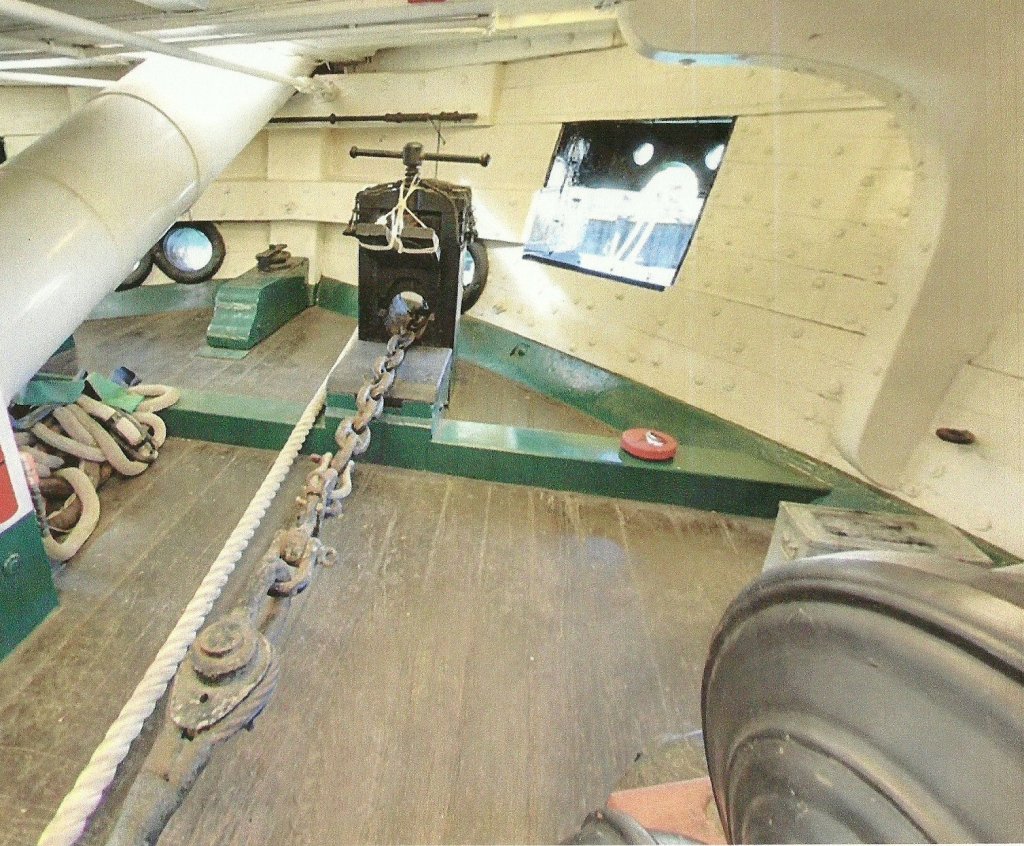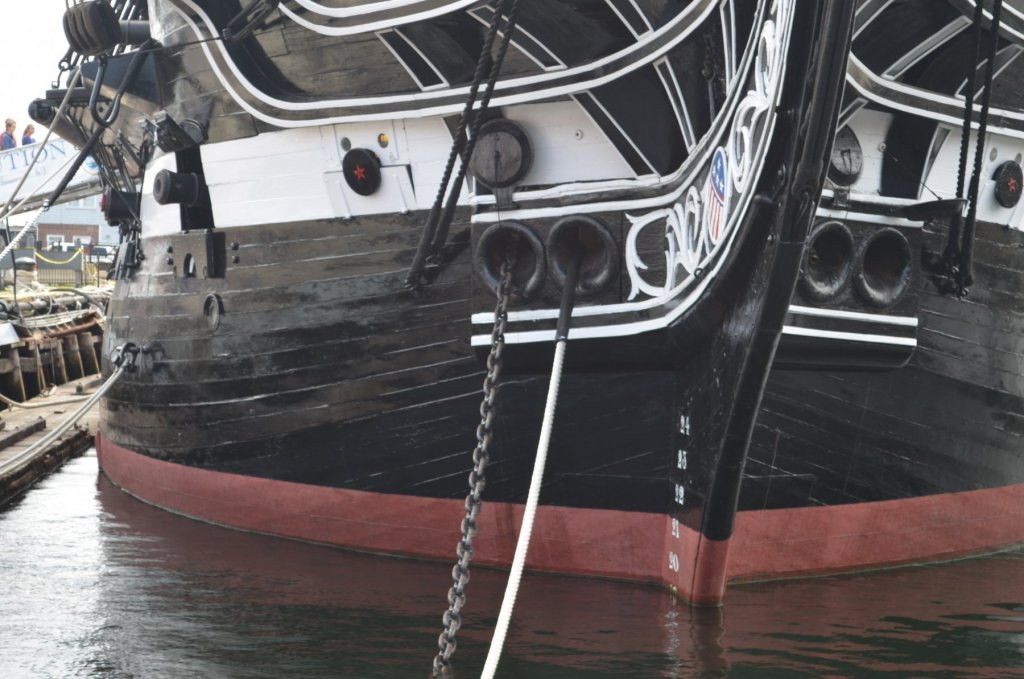-
Posts
2,614 -
Joined
-
Last visited
Content Type
Profiles
Forums
Gallery
Events
Everything posted by JSGerson
-
I've been trying to get a response from the USS Constitution Museum's website and Public Historian (or anyone) about the gun port netting. All I get is silence. Was it added as a modern safety devise like the sprinkler systems, lighting, etc. or is it part of the ship's fittings? In other words, do I make it part of my model or not?
Thanks
Jonathan
-
I have a question about the recent overhaul the USS Constitution just completed. I was poking around various build logs and sites looking for detail images that I could use in constructing my model of the Conny. On JerseyCity Frankie's log U.S.S. Constitution Turn Around Cruise 6/8/18, he had an image of the bow looking forward where the bowsprit starts. The structure atop of the railing which looks like a wave breaker (my term) has been removed. JerseyCity Franklie only provided the one image which leaves a lot detail to be desired.
I've included a before image and JerseyCity Franklie's "after" image.
I am curious as to why the change was made and if you could provide any more images. I would like to incorporate this latest modification into my model.
-
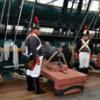
The origins of the topgallant rail and bulwarks on the Constituion are some time around the 1927 refit, I believe. At that time the Navy decided that the bulwarks all around the ship should be raised and to have bulwarks at the waist installed to the same height. You do not see them, obviously, in this photo but they were done completely around the ship.
I forget which year it was, but during the refit before this last one the decision was made to bring the ship more in line with her 1812 configuration. To that end, the bulwarks in the waist and the topgallant rails were again removed, as you see in your second photo. Also at this time the proper camber was built into the deck, the thick planks (or king planks) were put into the deck, and the diagonal riders were installed in the orlop.
Regards,
Henry
-
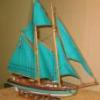
I knew the bulwarks at the waist were removed to conform more like 1812 but did not know about the top gallant rail. All the images I've seen except the second one, show the rail. Any chance getting more images without the rail?
I assume that the lines that use to go through the holes at the top of the rail terminated at the belay pins below it; so that now they go directly to the belay pins. Is that correct?
Thanks for your help.
Jon
-



